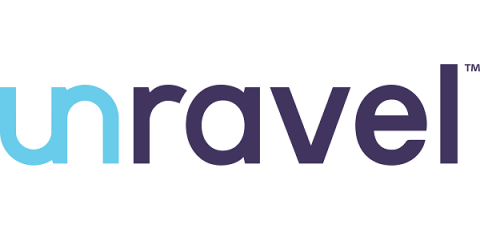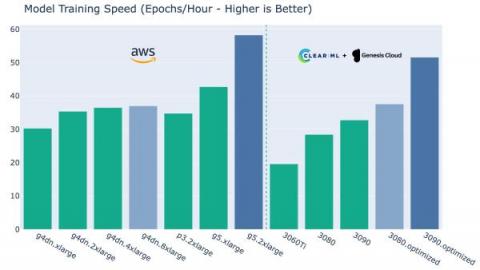Tzag Elita and ClearML: Powering the Future of AI Workflows
The world of artificial intelligence and machine learning is constantly evolving, with new challenges and innovations emerging every day. Tzag Elita is a leading provider of HPC and AI solutions in Israel, and understands the importance of staying ahead of the curve and delivering cutting-edge solutions to their customers. That’s why ClearML is excited to announce our partnership with Tzag Elita.











